How has the hot weather affected autumn?
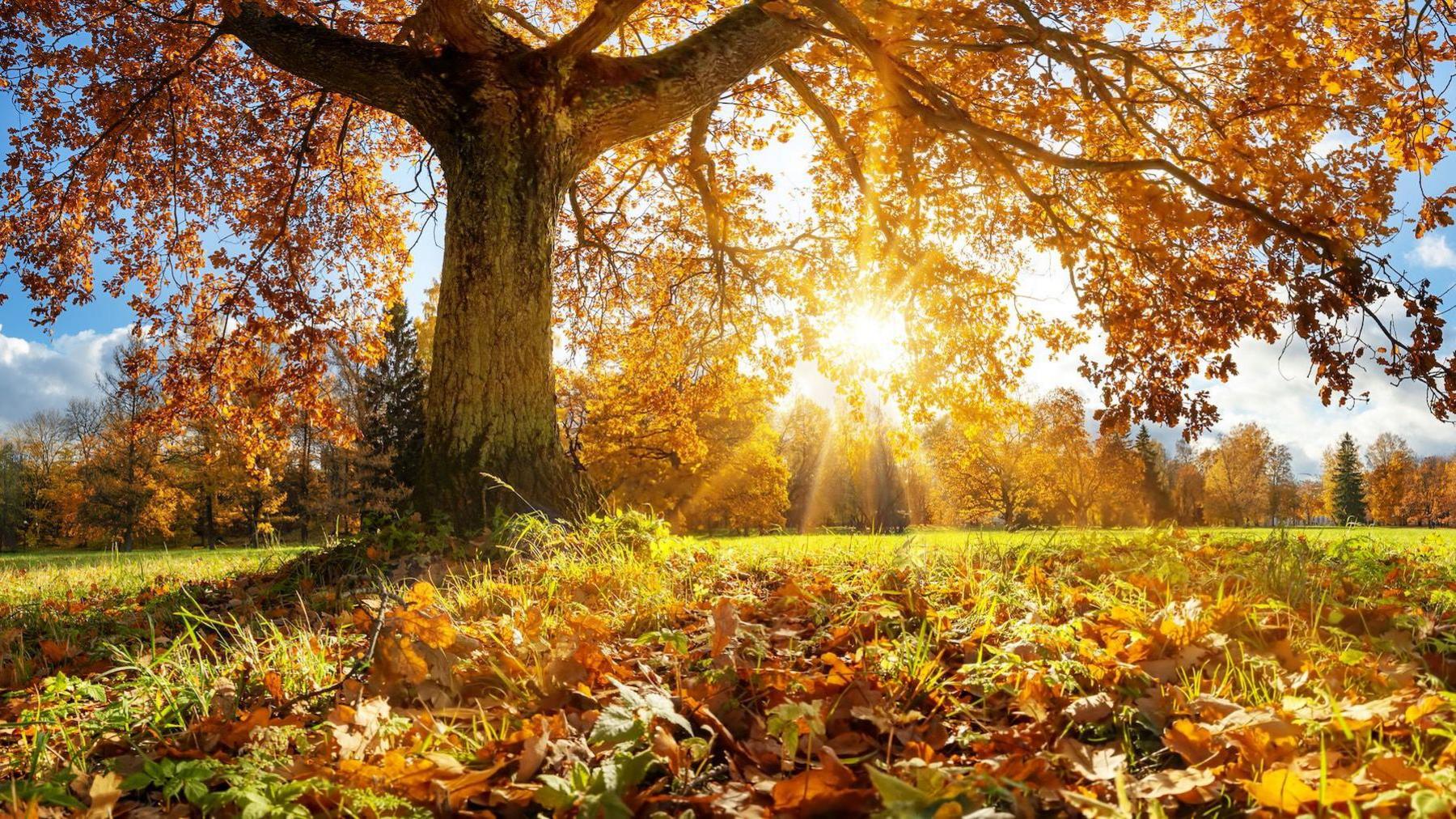
Sunny weather in spring and summer has had a big impact on autumn this year
- Published
There's a chill in the air, leaves on the ground, and pumpkin spice everywhere you look - autumn is well and truly here!
It may feel like summer is already a distant memory, but in fact, the record-breaking hot weather we've had has actually influenced what autumn may be like this year.
If you've seen more nuts, berries, ladybirds, or very colourful leaves, you can thank our earlier seasons for it - but why is that? Read on to find out.
Spotted! Are there lots of ladybirds in your house?
- Published8 October
This summer was the hottest on record in UK
- Published1 September
More nuts and berries this autumn
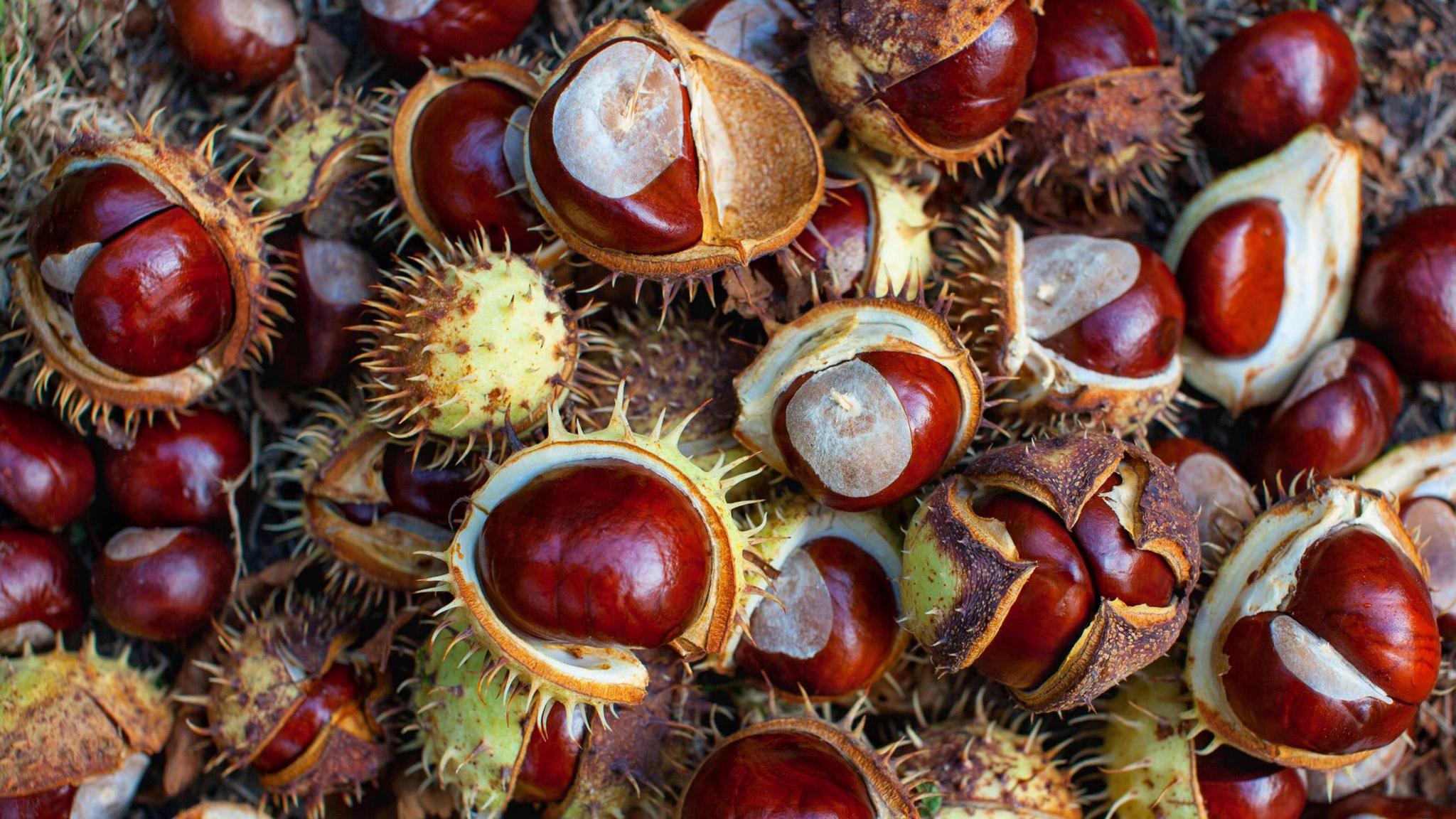
Warm weather has meant plenty of conkers, acorns and other nuts from trees
If you like collecting conkers at this time of year, you'll have been spoilt for choice, as trees have been producing lots more nuts than usual.
Owen Phillips, from the Woodland Trust, told BBC Weather: "Every few years, some species of trees and shrubs produce a bumper crop of their fruits or nuts.
"The collective term for these fruits and nuts is 'mast', so we call this a mast year."
This means more acorns, blackberries, and all manner of other things that come from trees.
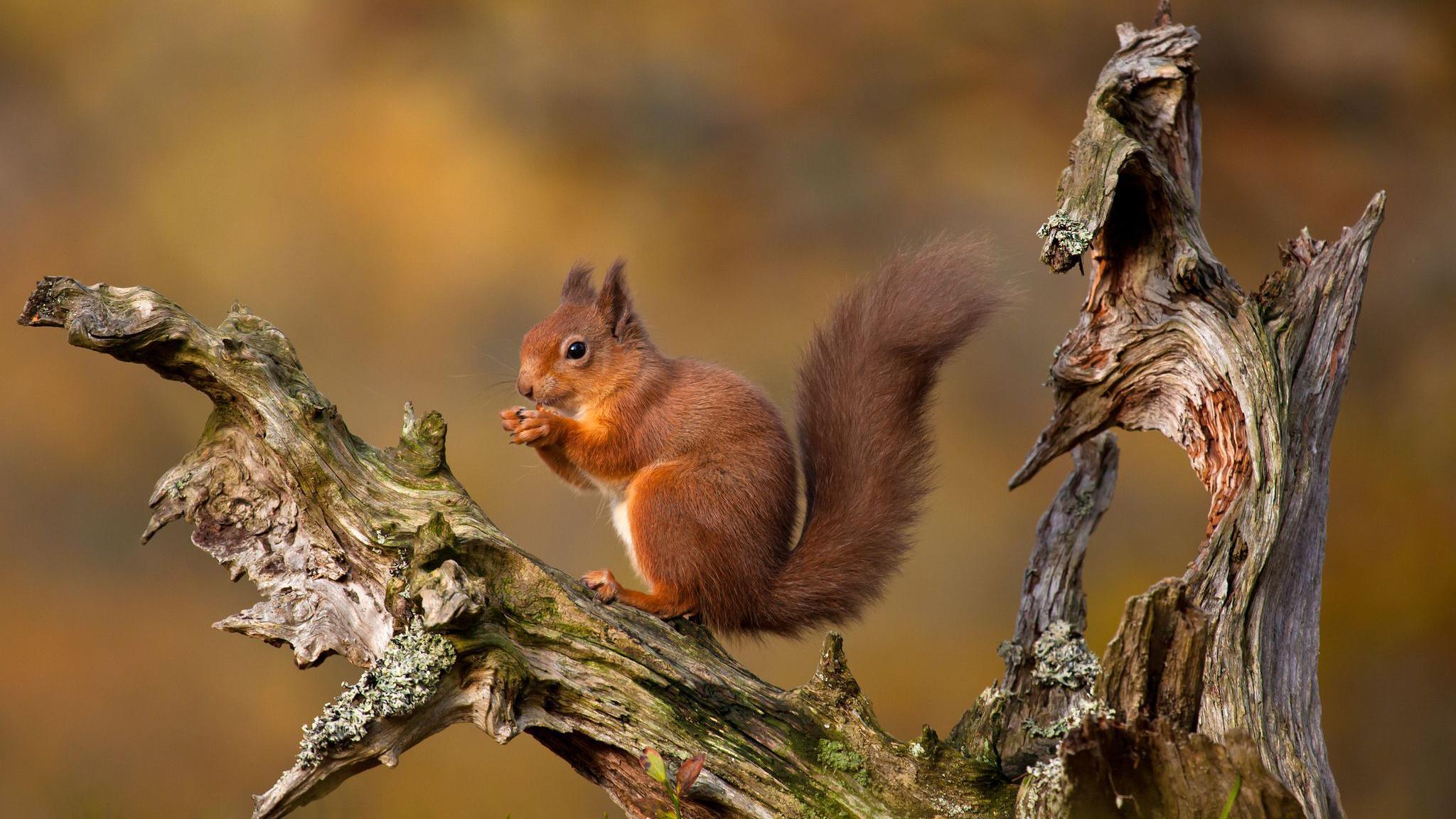
Looks like squirrels could be getting quite a feast this year
Mast years are trees' way of protecting not just themselves, but other animals in the environment.
If they produce lots of nuts, like acorns and conkers, animals like squirrels and badgers get more food than they can stuff themselves with.
Which means lots get left on the ground to grow into new trees.
And weather plays a big part in why mast years happen - sunny springs and summers create the perfect conditions for trees to produce more fruit and nuts.
Spotted - lots of ladybirds this autumn
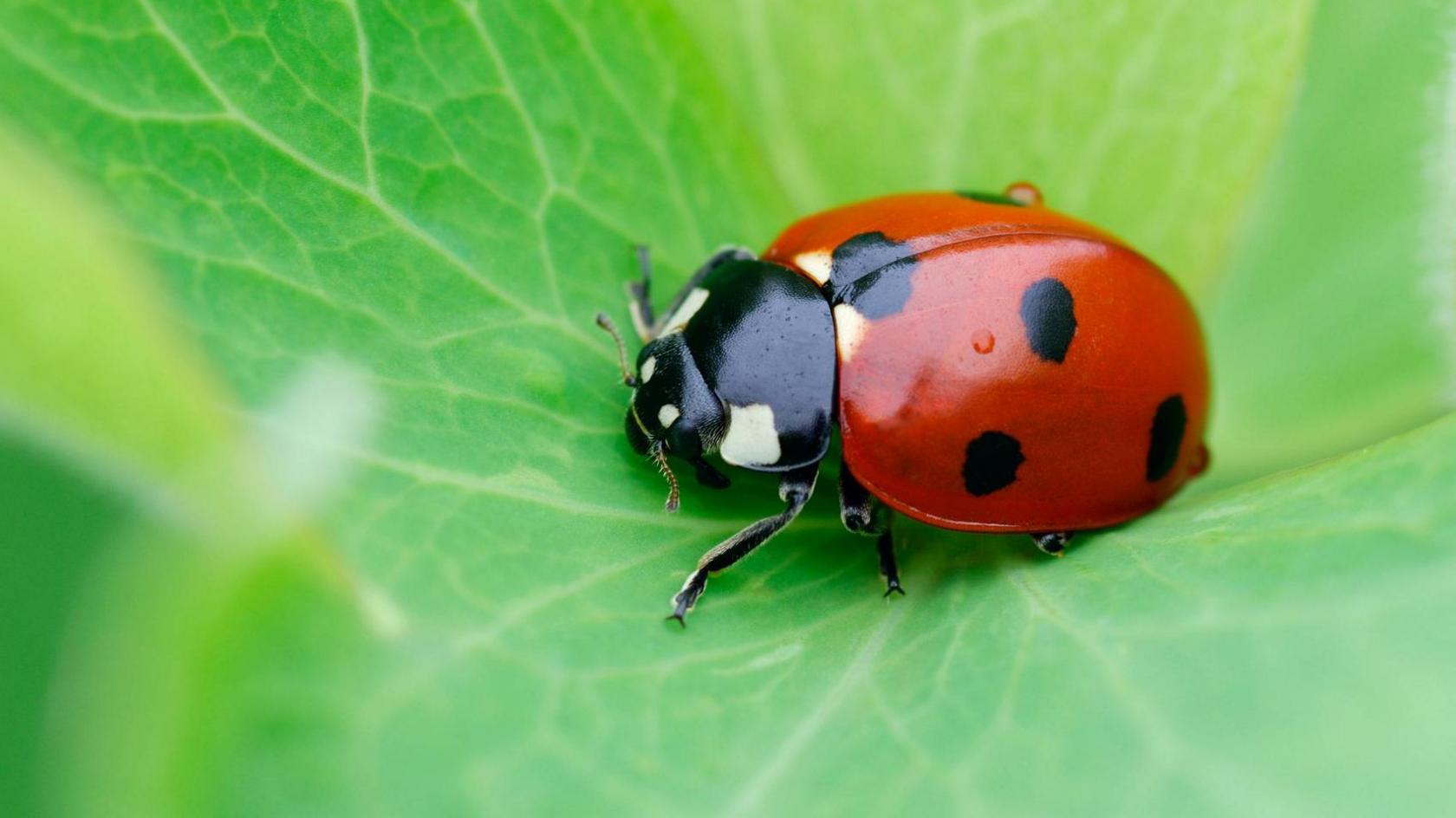
Ladybirds are harmless to humans, and eat plant-killing pests like aphids
If you've noticed lots of ladybirds making themselves at home in your house this autumn, you're not the only one!
Dr Luke Tilley, insect expert at the Royal Entomological Society, said ladybirds seek shelter in the colder months - sometimes in our homes.
He explained: "It is really common to see them in autumn, especially on sunny days when they are on the move and gathering to hibernate."
Hibernation is when animals sleep during winter to save energy.
There's nothing to worry about though, as these ladybirds are not harmful - they just want to share your home with you.
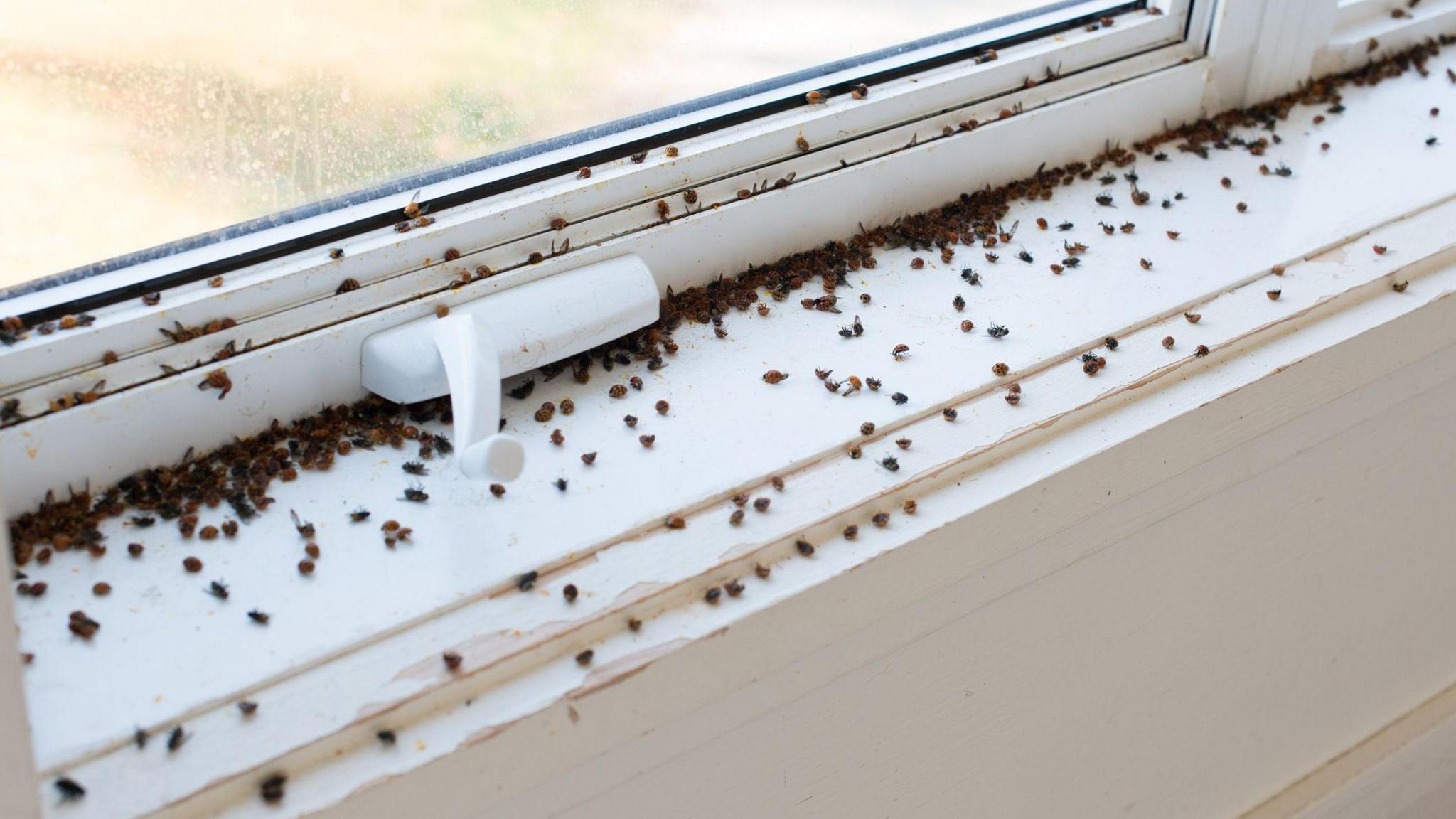
A group of ladybirds is called a loveliness
The reason people might be seeing more ladybirds this year is because the hot weather has given them lots of food.
"Ladybird numbers depend on the weather during spring and summer," Dr Tilley explained.
"Warm, dry conditions help ladybirds find food (like greenflies or aphids) and lay their eggs. That means more young ladybirds (larvae) grow into adults by the autumn.
"So if we had good ladybird weather this year, we might see more of them now."
Join in:
What is your favourite thing about autumn?
- Published7 October
Unbe-leaf-able colours! A great year for autumn colour
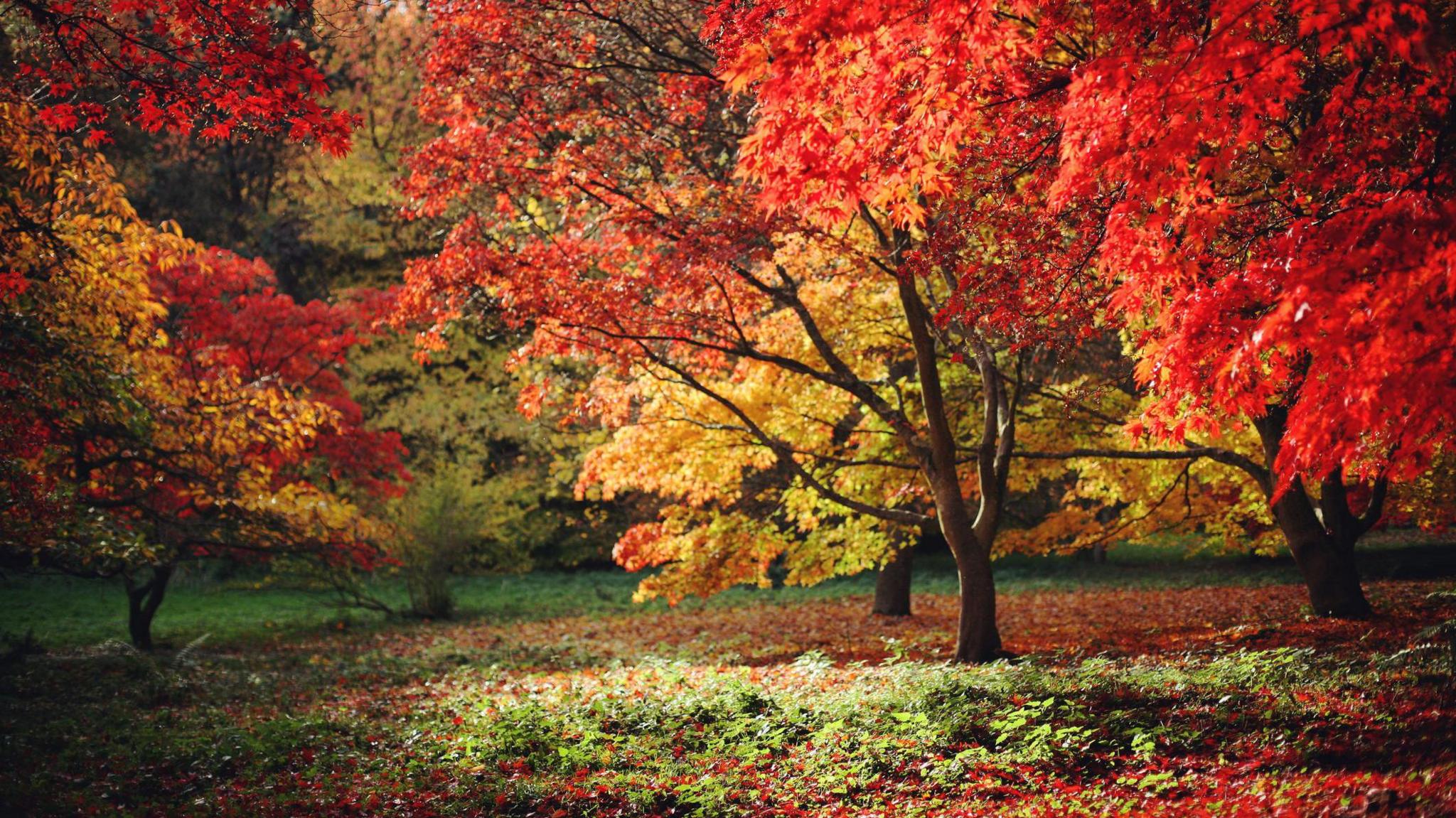
Expect lots of vibrant colours this season, experts say
Arguably one of the best bits about autumn is how colourful it is.
And this year, the trees are going to treat us with an even more vivid display than usual, according to experts.
Organisations such as the National Trust and Forestry England have said we can expect incredible reds, oranges and golds throughout the season.

Warm weather has lead to more colourful chemicals produced inside the leaves
Leaves on many trees change colour because sunlight creates chlorophyll which is what makes leaves green.
Less light in autumn means less chlorophyll, turning many trees red, yellow, orange or all three - then eventually brown.
And because of the warm and sunny weather we've had over the summer, trees have produced more sugar in their leaves.
Lots of sugar creates encourages leaves to produce another chemical called anthocyanin, which makes leaves even redder.
